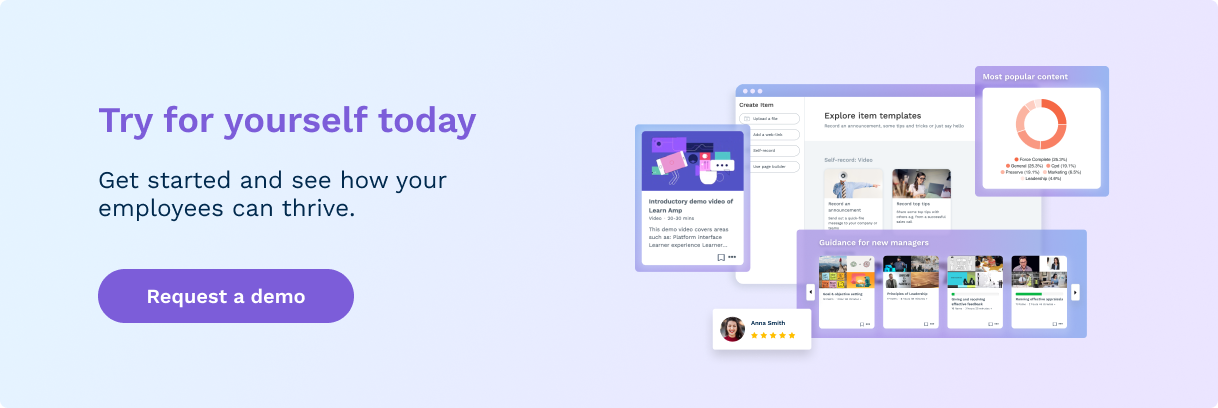As employees and companies adjust to the post-pandemic hybrid workplace, new risks are emerging. We’ve all discovered that sudden, unpredictable changes and unexpected hazards can arise, calling for both urgent responses and fundamental changes to business practices, policies and regulations.
Many old compliance guidelines designed for the pre-COVID workplace do not cover these new risk scenarios. Companies need to reframe risk management for this new era. For employees, that likely means compliance training—rarely a welcome prospect.
Why good compliance training is important
Non-compliance can cost your company up to $15 million[1], and it can also negatively impact your brand, costing you customers and even staff. This is why companies need to get compliance right.
Compliance is often treated as a way to stay on the right side of the regulators and avoid penalties. However, unless compliance training is embedded as a core component of an overall risk management strategy, it could fail to protect your business.
One reason for this is that employees, or even the company itself, often treat compliance training as a compulsory obligation for employees, not as something relevant to their day-to-day business behaviour or professional development.
This is why companies need to change the way they approach compliance training. Employees must see compliance and risk management not just as a “good behaviour policy”[2], but as an attitude and an ongoing practice of good business ethics. The first challenge to achieving this is to make compliance training interesting and relevant to employees.
Why compliance training is boring
It’s hard to teach people if they don’t see the value in what they’re learning. So long as the company sees compliance simply in terms of rules and regulations to abide by, compulsory compliance training is not going to sound too appealing to employees.
What’s more, not only is compliance itself seen as a box-ticking exercise, the training too is often delivered in a dry, old-school, box-ticking style. Even the word itself suggests an obligation, something you have to do. It sounds onerous, restrictive, something to get out of the way, rather than an integral part of successful business behaviour.

|
Get actionable insights around Employee Experience and People Development |
How to make compliance training more engaging
Risk management and compliance must be presented to employees in an engaging way, so they see it as part of their responsibility, that they are being entrusted with building and bolstering the company’s risk resilience.
Make it relevant
Compliance is not an end in itself, and employees need to see its value to their own professional growth. After all, risk-aware employees are empowered to take responsibility for managing risk, thus increasing their autonomy and decision-making authority.
Involve employees in risk management
Find out what your employees already know, and avoid one-size-fits-none, top-down training initiatives. Encourage employees to get involved and to contribute to highlighting areas of non-compliance. Document and share management decisions so that all employees can help oversee and improve decision-making.
Use your learning platform
With a next-gen platform like Learn Amp, employees can make use of microlearning resources such as quick, 3-question tests or compliance checklists when needed. Brief learning resources can help embed compliance training right at the point of need, rather than relying on traditional stand-alone training workshops.
Reward compliant behaviours
When it comes to monitoring compliance training, companies often go no further than simply checking if employees have completed.[3] But that’s no indication of whether the training is being effectively applied and making the company more risk-resilient.
Encourage employees to apply risk-awareness on the job, and recognise their efforts when they do. For example, ask them to troubleshoot decisions or identify potential risk areas in an upcoming project or marketing campaign.
So what’s next?
By redesigning compliance training to fit the more dispersed, digital workplace, and making it more relevant and significant to employees’ professional development, L&D teams can foster a wider culture of risk-awareness that benefits not only the company, but employees themselves.
Resources
-
[2] FT: When Compliance is Not Enough, 2006




